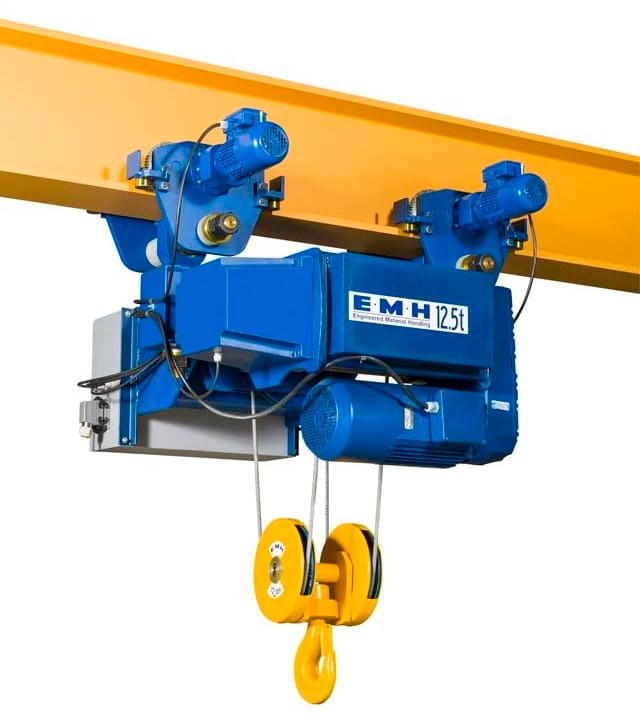In today’s increasingly energy-conscious environment, tracking electrical power energy usage is necessary for trades and industry businesses.
Not only does effective energy management contribute to cost savings, but it also supports sustainability goals and compliance with regulatory standards.
This article outlines practical steps for tracking electrical power energy usage effectively.
In this article...
1. Establish Clear Objectives
Determine what you aim to achieve energy-wise. Goals could be to reduce energy costs, improve efficiency, or meet sustainability targets.
Clear goals will guide how you undertake tracking and analyze the data you’ve collected.
2. Identify Energy-Intensive Projects
Assess your projects to identify those with significant energy consumption.
This may include construction sites, manufacturing operations, or any activity where electrical power is a critical resource.
Knowing which projects consume the most energy allows for targeted monitoring and ensures that your resources are allocated effectively.
3. Implement Sub-Metering Solutions
One of the most effective ways to track electrical power usage by project is through sub-metering.
This involves installing additional meters to measure energy consumption for specific areas, equipment, or projects independently.
Sub-meters provide granular data, enabling companies to pinpoint energy usage patterns and identify areas for improvement.
Select appropriate sub-meters based on your project needs.
Options include digital meters that provide real-time data and smart meters that can be integrated with energy management systems for enhanced analytics.
4. Utilize Energy Management Software
Investing in energy management software can streamline the process of tracking energy usage.
These software solutions can integrate data from sub-meters, providing comprehensive dashboards that visualize energy consumption across various projects.
You can also use software like GoCodes Asset Tracking to track the equipment used on a project, the power consumption of the equipment, and therefore the total power consumption over the duration of the project.

When selecting software, consider features such as real-time monitoring, reporting capabilities, alerts for unusual consumption patterns, and analytics tools to forecast energy needs.
5. Conduct Regular Audits and Assessments
Regular energy audits are crucial for maintaining an accurate picture of energy usage.
Schedule periodic assessments to evaluate energy consumption against project benchmarks.
This helps in identifying discrepancies and understanding the effectiveness of energy-saving measures that have been implemented.
Use metrics such as energy consumption per unit of output or project duration to evaluate efficiency and performance.
This data can guide future project planning and energy management strategies.
6. Engage Stakeholders and Train Employees
Engaging stakeholders and training employees on energy management practices is vital for successful implementation.
Foster a culture of energy awareness by involving team members in tracking efforts and encouraging them to contribute ideas for energy-saving initiatives.
7. Analyze and Adjust Strategies
Once your data has been collected, take time to analyze the information to draw actionable insights.
Look for trends, peak usage times, and specific project-related consumption patterns.
Use this analysis to adjust energy management strategies, implement energy-efficient technologies, and optimize resource allocation.
Conclusion
By establishing clear objectives, implementing sub-metering solutions, utilizing energy management software, conducting regular audits, engaging stakeholders, and analyzing data, energy usage becomes efficient, and costs are reduced.
So spread the green in your business – financially and environmentally – and start energy tracking, today!



